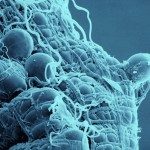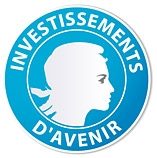Présentation
Worldwide, ticks are the most important vectors of pathogens that affect animals, and the second only to mosquitoes that affect humans. In Europe, Ixodes ricinus is the most widespread and abundant tick and is the vector of several tick-borne diseases (TBD) of medical and veterinary importance, including Lyme disease and tick-borne encephalitis in humans, and babesiosis and granulocytic anaplasmosis in livestock. However, other tick species responsible for pathogen transmission are also present in Europe and in France. Due to the intensification of human and animal movements and to socio-economic and environmental changes, the geographical distribution of several tick species is expanding and emergence or re-emergence of TBD is a growing problem in the “One Health” context. Currently, we have no real knowledge of the potential risk of TBD in differing ecological contexts and especially those juxtaposing urban environments.
In this project we will focus on tick and associated pathogen diversity and abundance in three types of environment in the Paris region: peri-urban woods, peri-urban parks and urban parks. Following the collection of ticks, we will determine the species present, their density, and pathogens hosted by detection of their RNA to identify the communities of parasites, bacteria and viruses. By classifying the region into these three environmental typologies, risk maps based on our results will be established in collaboration with Olivier Telle, CNRS UMR 8504 Geography-cities.





